LATEST ADDITIONS
|
Jul 06, 2012
Most home-theater sound systems include one or more subwoofers that are separate from the main speakers. In fact, I generally recommend using separate subs at least for movie soundtracks, which often include lots of low frequencies, because the best placement for bass drivers in a room is often not the same as the best placement for the drivers that reproduce the rest of the audio range. And the judicious placement of more than one sub can significantly smooth out the bass response of most rooms so that everyone can enjoy the same great bass no matter where they sit. On the other hand, many audiophiles prefer to have full-range main speakers, claiming that the sound is more integrated than it can be with separate subs.
How many separate subs do you have in your system? Or do you use full-range main speakers without a sub? What led you to your decision in this regard?
Vote to see the results and leave a comment about your choice.
|
Jul 06, 2012
|
Jul 05, 2012
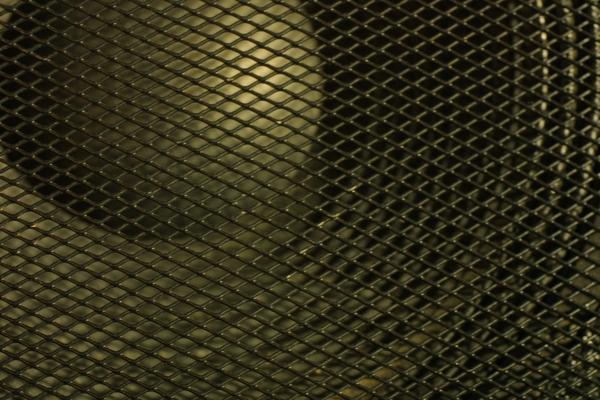
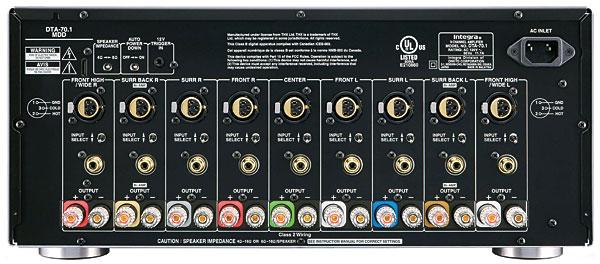
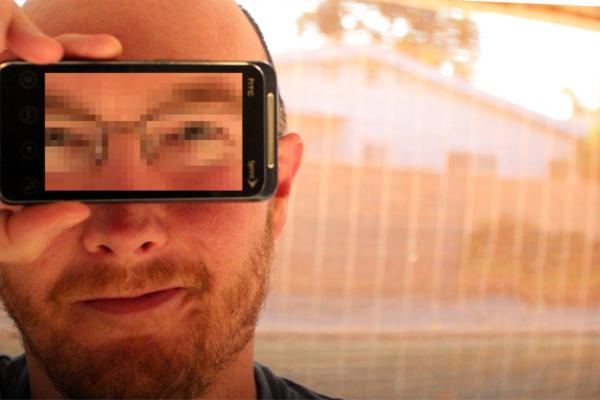

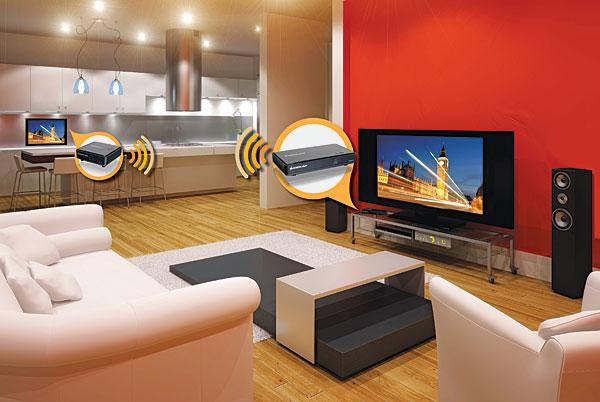
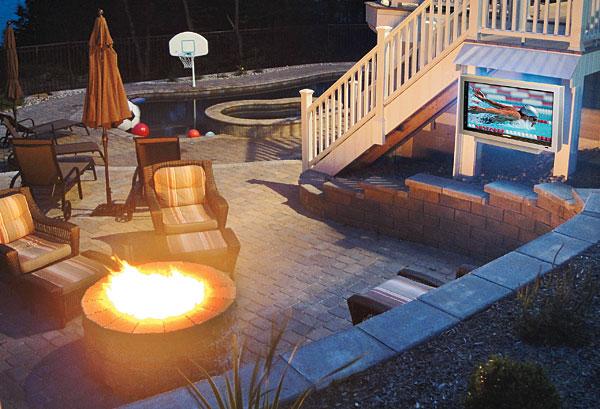

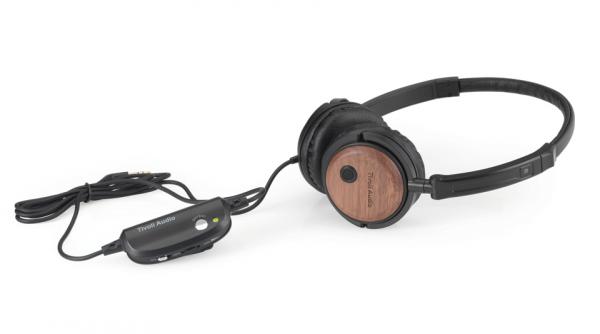
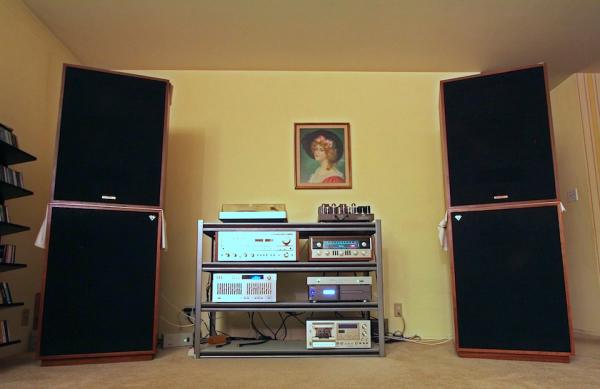
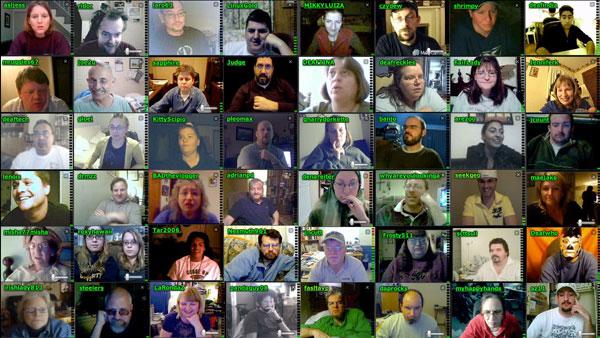
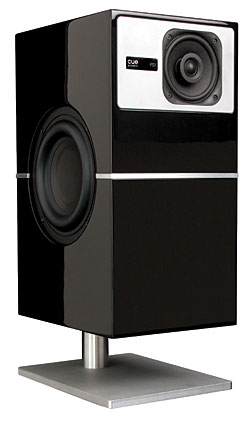 Simple, modern, elegant—the PS1 from Cue Acoustics is definitely not your father’s speaker. Think of it as a forward-looking system for discriminating listeners who crave a simple setup that’s free of wires, hulking speakers, and an ugly stack of components (like the ones collecting dust in the back of your den). Promising big sound and a vivid soundstage, the PS1 system is extremely compact and provides everything you need to pump up the volume except an audio source: a pair of speakers, each with its own built-in 150-watt digital amplifier/processor, and a wireless transmitter that streams uncompressed audio from your TV, PC, smartphone, tablet, you-name-it, to wherever you decide to put the speakers (which, by the way, must be plugged into an AC outlet). Want to grab your tablet and play impromptu DJ at a party? As long as the tablet supports the DLNA connection standard, you can stream audio wirelessly to the PS1’s iPhone-size transmitter, which runs it through a signal processor and sends it to the speakers; otherwise, you can go old school and plug a cable into the transmitter’s digital (optical S/PDIF) or analog (3.5mm stereo) input.
Simple, modern, elegant—the PS1 from Cue Acoustics is definitely not your father’s speaker. Think of it as a forward-looking system for discriminating listeners who crave a simple setup that’s free of wires, hulking speakers, and an ugly stack of components (like the ones collecting dust in the back of your den). Promising big sound and a vivid soundstage, the PS1 system is extremely compact and provides everything you need to pump up the volume except an audio source: a pair of speakers, each with its own built-in 150-watt digital amplifier/processor, and a wireless transmitter that streams uncompressed audio from your TV, PC, smartphone, tablet, you-name-it, to wherever you decide to put the speakers (which, by the way, must be plugged into an AC outlet). Want to grab your tablet and play impromptu DJ at a party? As long as the tablet supports the DLNA connection standard, you can stream audio wirelessly to the PS1’s iPhone-size transmitter, which runs it through a signal processor and sends it to the speakers; otherwise, you can go old school and plug a cable into the transmitter’s digital (optical S/PDIF) or analog (3.5mm stereo) input.




